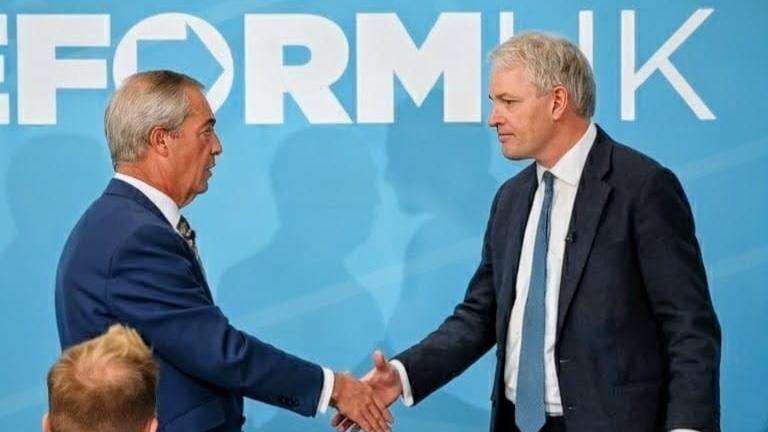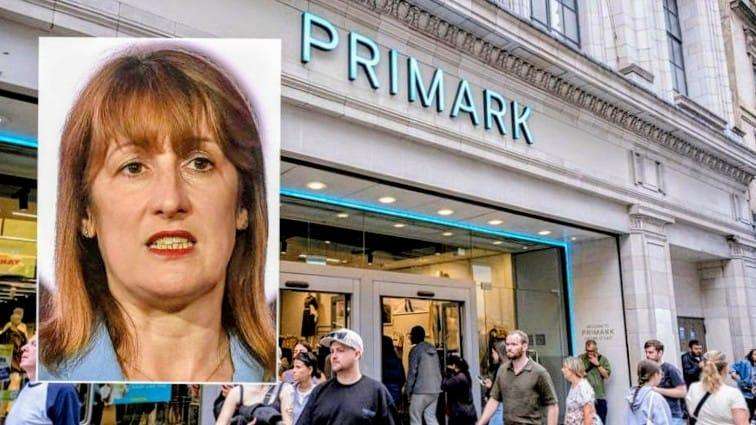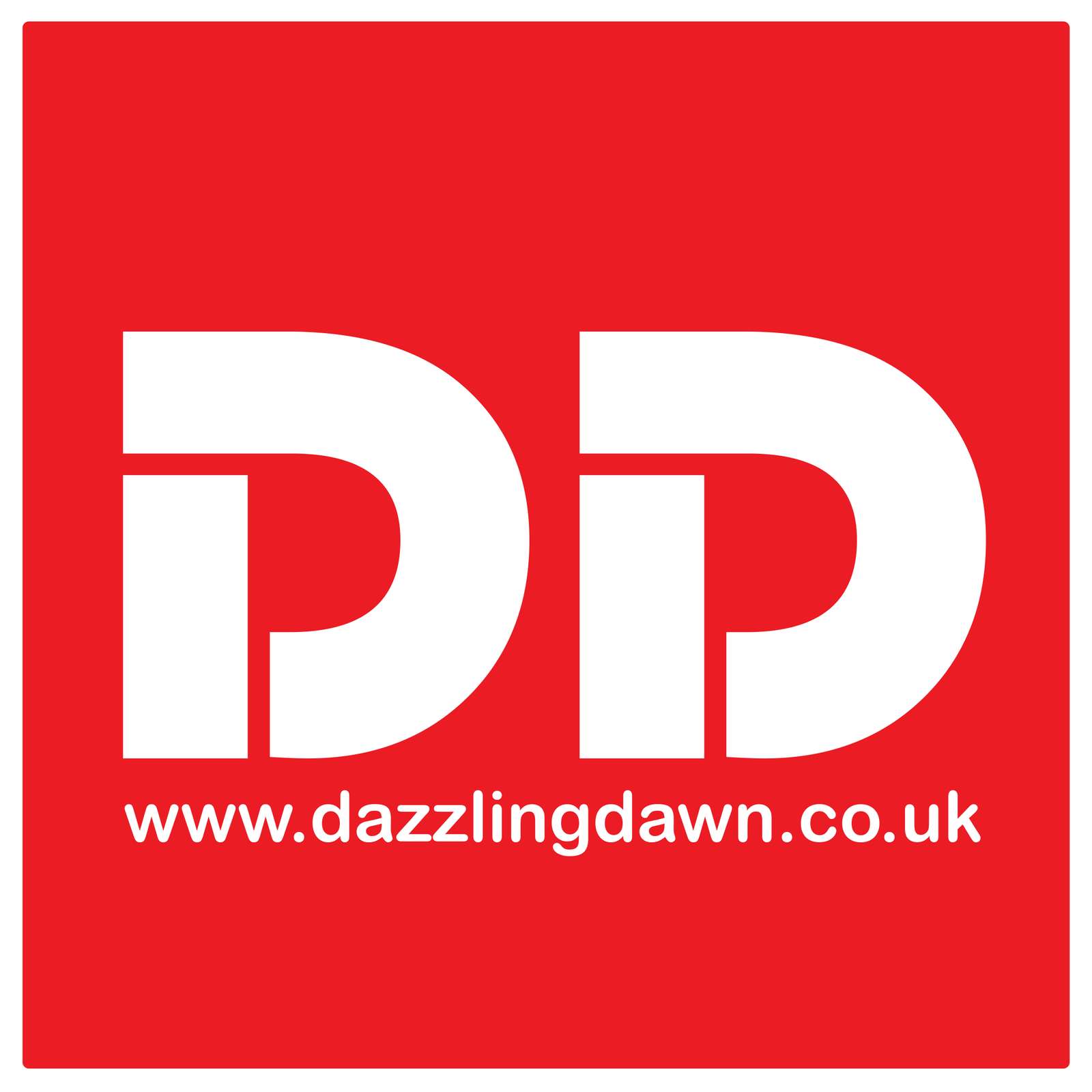UK inflation dropped to 2.6% in March, down from 2.8% in February, according to official figures. The decline was mainly due to falling fuel prices and cheaper computer games. While this marks the second month in a row of easing inflation, experts warn that a sharp increase is likely in April.
Here’s a breakdown of what the latest inflation figures mean for households, businesses, and the broader economy.
– What is inflation?
Inflation refers to the rate at which the prices of goods and services increase over time. A 2.6% inflation rate means that an item costing £100 a year ago would now cost £102.60.
Although inflation has decreased from February’s 2.8%, prices are still rising—just at a slower pace.
– Is inflation falling across all sectors?
Not entirely. While inflation has cooled in some areas, not all prices are falling.
Clothing and footwear prices rose again in March after an unexpected dip in February. Similarly, furniture costs increased slightly. So, while some price pressures have eased, others remain persistent.
– What caused inflation to slow in March?
One of the biggest contributors to the slowdown was falling motor fuel prices. According to the Office for National Statistics (ONS), petrol prices dropped by 1.6p per litre between February and March, averaging 137.5p per litre—down from 144.8p in March 2024. Diesel prices also fell 1.6p per litre month-on-month and were 6% lower than the previous year.
Additionally, price growth in the recreation and culture sector was the slowest in over three years, rising just 2.4% in March. A major factor was a decline in video game prices.
Shoppers also benefited from steeper price drops on some groceries, including rice, fish, and jam.
– Will inflation continue to fall?
Not immediately. Economists expect inflation to rise again in April before eventually returning to the Bank of England’s 2% target.
Some forecasts predict inflation could hit 3.6% in April, with the Bank of England projecting a peak of around 3.7% later this year. After that, it’s expected to gradually decline and stabilize at the 2% mark through to 2027.
It’s important to note that the government does not aim to reduce inflation to zero. Instead, it targets a steady 2% rate, seen as healthy for economic growth.
– What’s behind the expected April increase?
Several factors are expected to push inflation up again:
-
Energy bills: The energy price cap has increased, adding an estimated £9.25 per month—or £111 per year—to the average household bill.
-
Water bills: Regulator Ofwat has approved water bill increases averaging £86 annually, or roughly 20%, as part of a five-year plan.
-
Council tax: Most local authorities in England have raised band D council tax bills by 5% from April 1.
-
Business costs: Higher national insurance contributions and increased wages are putting pressure on companies, many of which plan to pass on the costs to consumers.
Suren Thiru, Economics Director at the ICAEW, warned: “March’s inflation dip is only temporary. A significant increase is locked in for April due to higher energy bills and rising business expenses.”
– How are taxes influencing the cost of living?
The Labour government has stated it won’t raise income taxes for working individuals in the near term. However, tax hikes affecting businesses are already in place.
A higher rate of employer National Insurance has been introduced, which—along with rising minimum wages—is increasing labor costs for many companies. As a result, many retailers, restaurants, and hospitality businesses are expected to raise prices for consumers.
Matt Swannell, Chief Economic Advisor to the EY ITEM Club, noted that these rising business costs will likely be passed on, adding to inflation in shops, restaurants, and other sectors.
– What does this mean for interest rates?
Interest rates are a key tool used by the Bank of England to control inflation. When inflation is high, rates are typically raised to curb spending. However, with inflation now lower than expected, some economists believe the central bank may start to lower rates.
Currently, interest rates sit at 4.5%. A cut could be announced at the next Bank of England meeting in May, especially as the market anticipates slower economic growth due to global uncertainty—particularly U.S. trade policies under former President Donald Trump.
Myron Jobson, Senior Personal Finance Analyst at Interactive Investor, said: “A rate cut in May is looking more likely. Markets are already pricing in further cuts amid concerns of a slowdown triggered by global tariffs.”
_1.jpg)







.svg)


